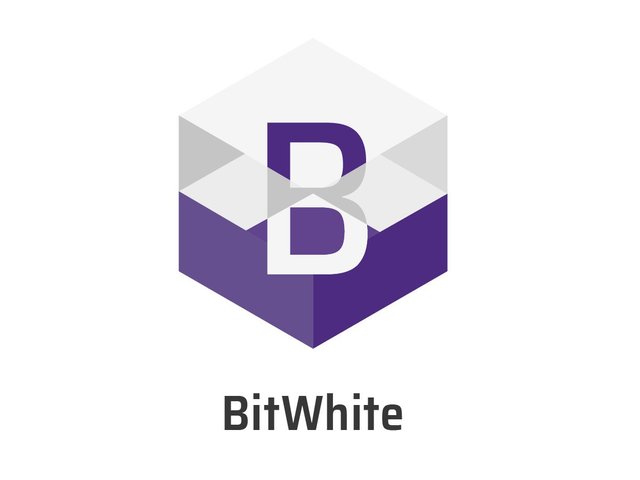
Decentralized blockchain is a group of nodes that interact with each other. This is an organized team that operates without supervisors, managers, each node deals with its part of the work and hands it over to others. But how is this consensus achieved?
All nodes must interact seamlessly, confirming transactions and blocks. If there are two variants of one block, the nodes come to a unanimous decision when the selected block is accepted to the block system and the other block is rejected. All this happens thanks to a mechanism called “consensus”.
“Consensus” is translated from Latin as consent, unanimity. The common meaning of this word is a way of resolving conflict situations, making a decision on the basis of general agreement without the need for voting. This decision becomes possible by the general opinion of the majority. In the blockchain context, the meaning of the word doesn’t change — it is the mechanism where the nodes, participating in the formation of the blockchain, act in concert and have a common opinion and way of cooperation. In addition, this is the way to reach agreement on the correctness of the block — confirmation that the content of the block is not falsified, is not distorted and is approved by all the nodes of the blockchain.
Different cryptoprojects use various ways to achieve consistency and confirmation between nodes — consensus algorithms. For example, bitcoin uses the PoW algorithm (Proof of Work). In this algorithm, each block is signed by proof of the implementation of a certain computational work, their complexity depends on the intricacy of the network. Satoshi Nakamoto suggested using the real computing power of equipment that could not be falsified, replaced, used for another unit, and which could be verified. Moreover, there is an incentive in the form of a reward for honest work. Due to this, it would be impossible to create many false nodes with fake data — such a node would not pass the test and would be rejected by the entire network. At the moment, the bitcoin network requires huge computing power to confirm the block, only owners of large computing farms can allow such capacities, which leads to centralization of bitcoin in actual.
Another well-known algorithm is PoS (Proof of Stake). Blocks are confirmed by wallets that own coins. The more coins — the more likely to get a big reward. For this it’s not required a large hardware capacity, a node can be any wallet, it just need to have a client program and keep wallet online. In order to get more reward, the owner of the wallet has to keep as many coins as possible on it, while not being able to dispose of them, because of what the mass of coins actually withdraws from circulation and accumulates on several of the largest wallets. The owners of the largest wallets are a group of people and they can by agreement impose their own rules of the game on the network.
BitWhite uses the DPOS protocol (Delegated Proof of Stake). The main concept of the algorithm is the separation into those, who own the coins and those, who confirm the blocks. The nodes that produce the confirmation must be known, these nodes should receive the greatest support from the coin owners, and if they are not properly operated, they can be moved by the voters in favor of the other nodes. The weight of the voice depends on the amount of coins in the wallet. These means, that coins don’t need to be blocked. You can freely dispose of these coins, transfer them and add new ones, which accordingly leads to a change the weight of the voice. The DpoS algorithm allows to generate new blocks with high speed, carrying out a large number of transactions. In BitWhite, the network is supported by 101 nodes, which were chosen by most coin holders. These delegate nodes generate new blocks every 20 seconds, confirming each block. This queue can be changed randomly each new confirmation cycle. Delegates don’t need to compete for getting more rewards, like in PoW or PoS, because all the work is done together. This mechanism of interaction implies constant support of the network, active participation in the community, as well as making decisions on important changes based on voting.
DPoS is an algorithm based on the active participation of the community. To achieve success and stability of the network, all participants must act in concert. According to opinion of BitWhite developers this is the best definition of consensus.

https://t.me/BTW_Community
https://bitwhite.org/
Daemon - BitWhite Team
For the first time, I hava a clear idea of the connection of mechanisms with Consensus algorithms. Good writing.
Downvoting a post can decrease pending rewards and make it less visible. Common reasons:
Submit
Thank you for your support.
Downvoting a post can decrease pending rewards and make it less visible. Common reasons:
Submit
Hi! I am a robot. I just upvoted you! I found similar content that readers might be interested in:
https://medium.com/@bitcoinwhite777/what-is-consensus-and-why-blockchain-need-the-confirmation-8e2619fa14a4
Downvoting a post can decrease pending rewards and make it less visible. Common reasons:
Submit